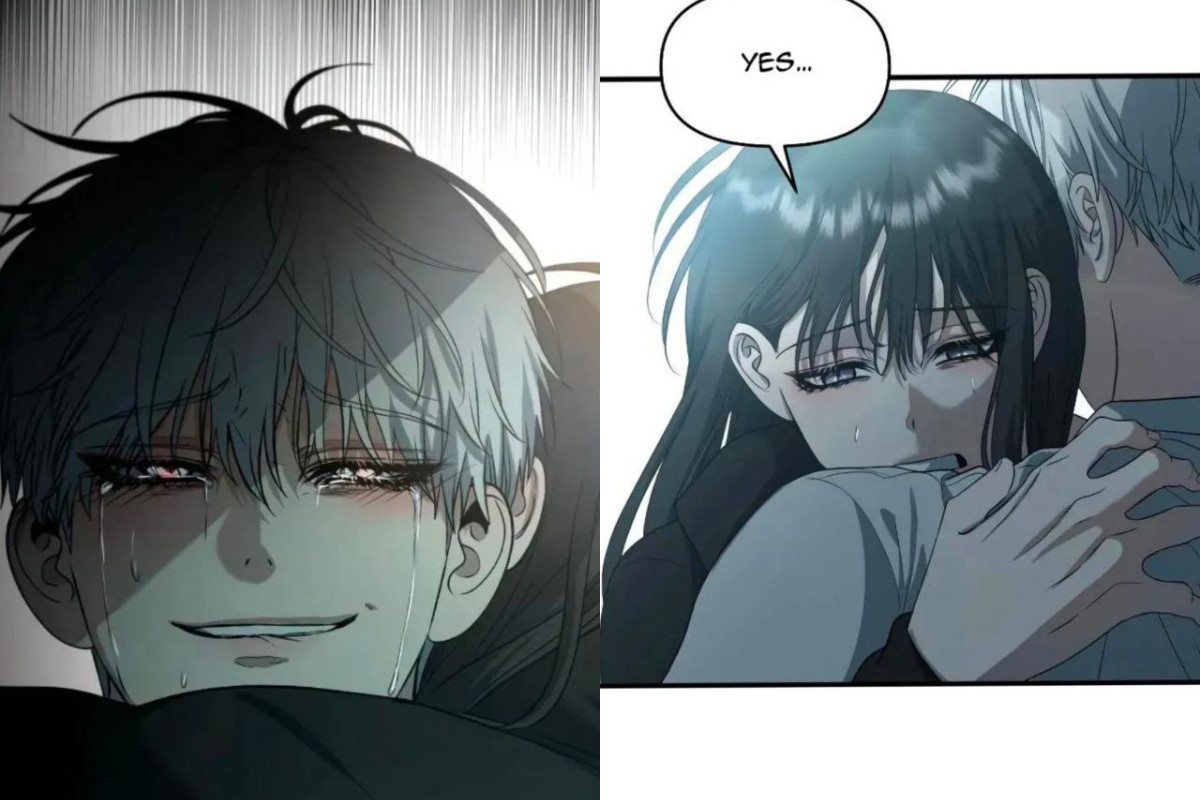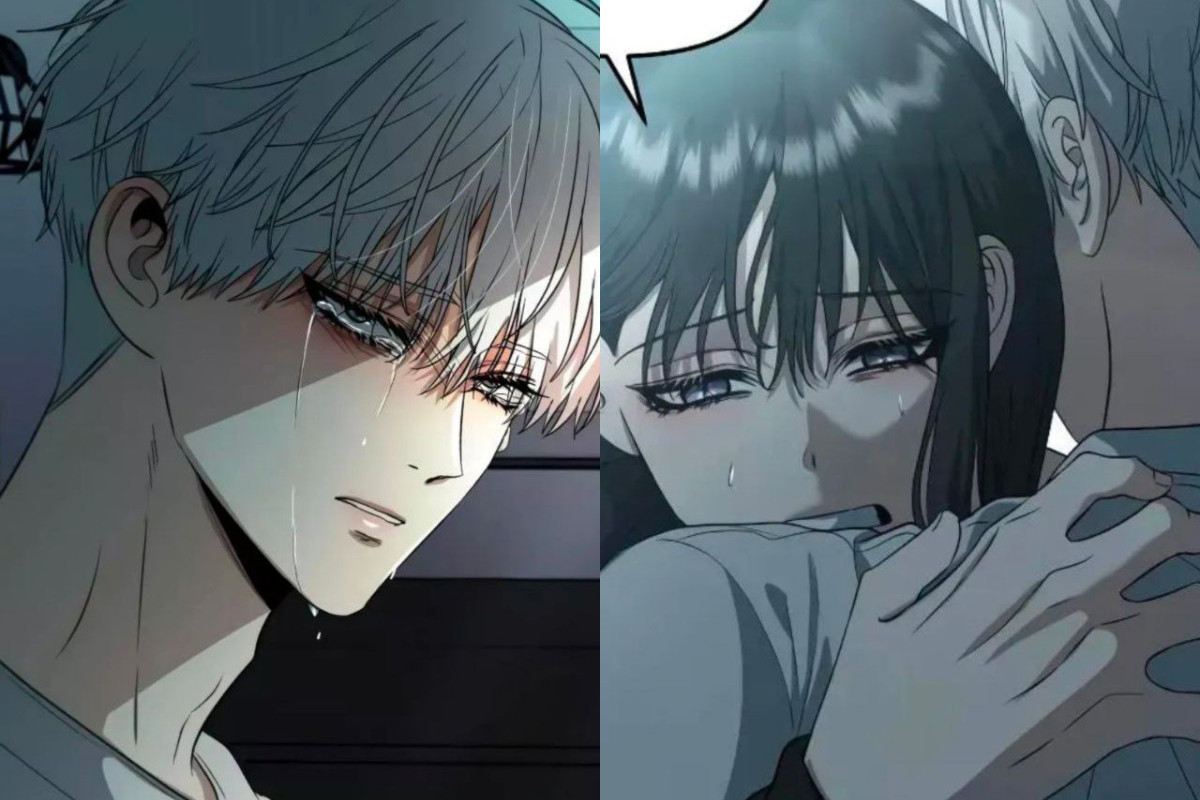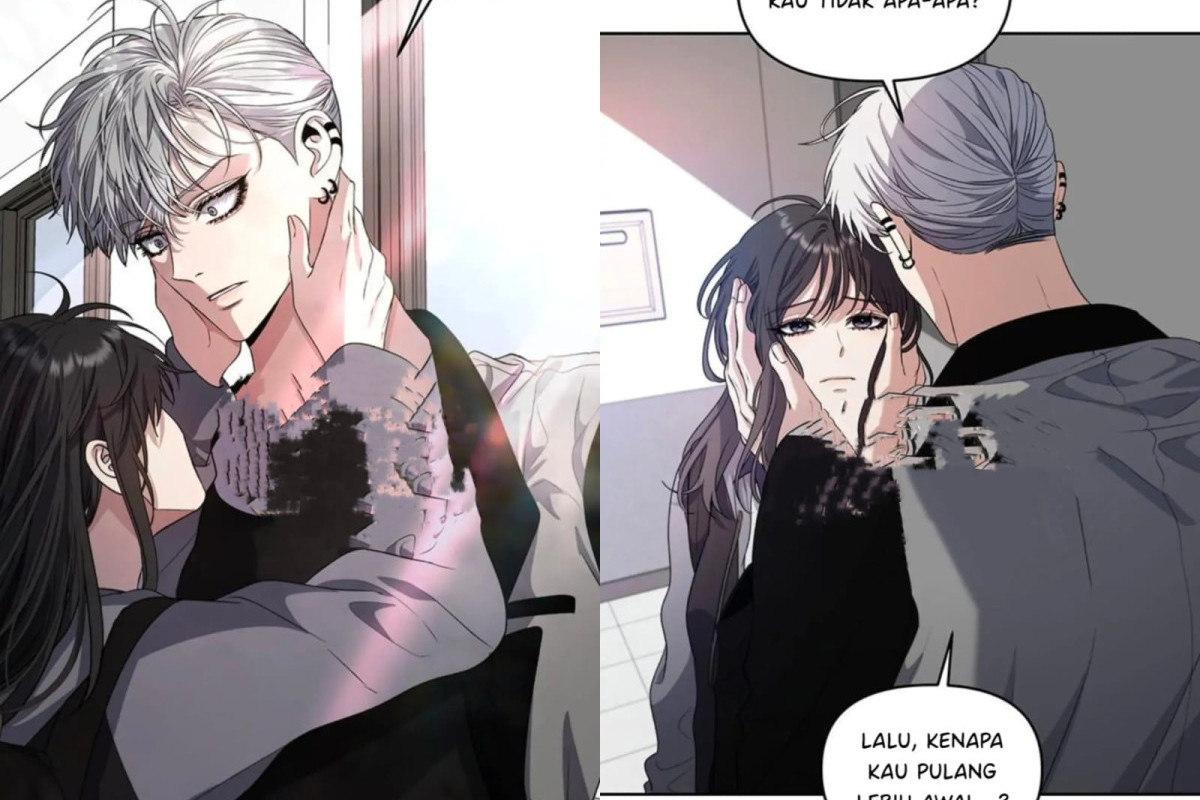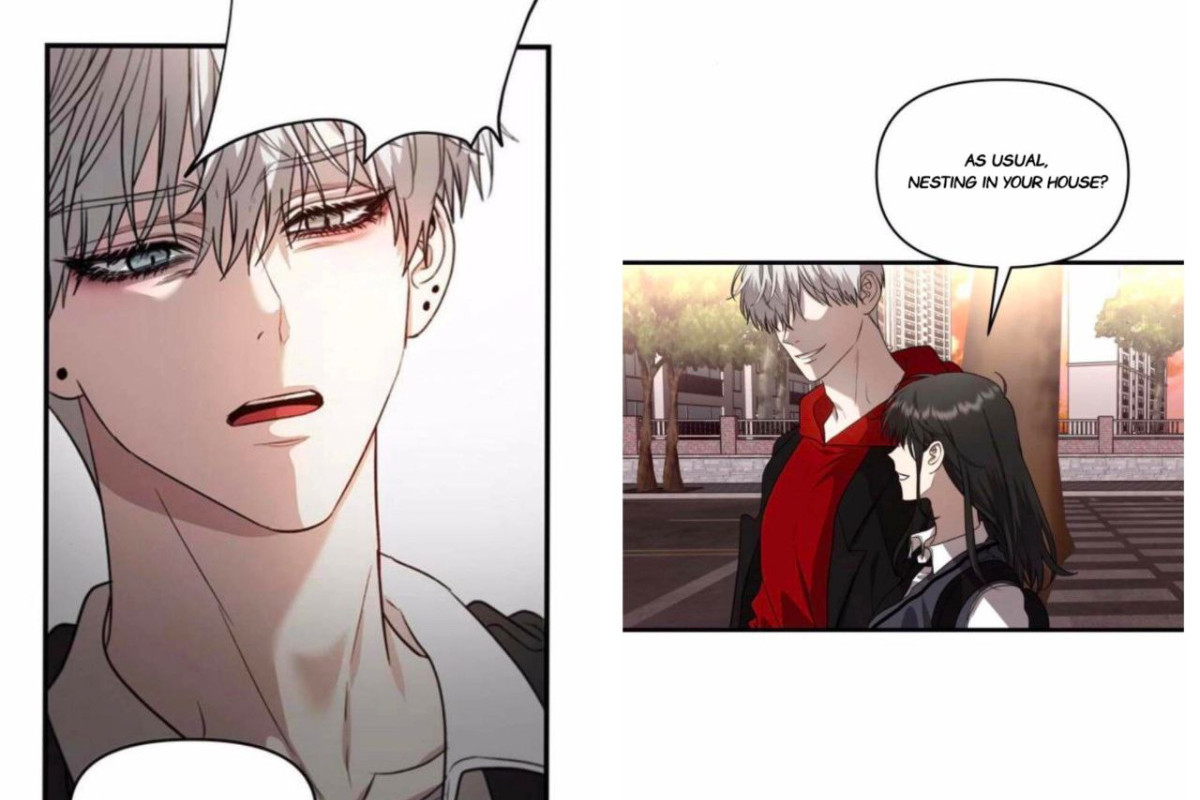Embark on a literary exploration of Dreaming Freedom Chapter 94, where we delve into the heart of the protagonist’s journey. Prepare to unravel the intricacies of character development, symbolism, and narrative arc, all woven together in a captivating tapestry of storytelling.
Within this chapter, we witness the protagonist navigating a labyrinth of motivations, conflicts, and personal growth. Their actions and decisions leave an indelible mark on the narrative, shaping its trajectory and revealing the complexities of human nature.
Dreaming Freedom: Chapter 94

Chapter 94 of “Dreaming Freedom” serves as a pivotal turning point in the novel’s narrative, propelling the characters towards a confrontation that will shape their destinies. It is a chapter filled with suspense, revelation, and the weight of impending decisions.
Chapter Summary
The chapter opens with the protagonist, Anya, grappling with the aftermath of a devastating revelation. She has discovered the true nature of her powers and the sinister forces that seek to control her. As she struggles to come to terms with this knowledge, she is drawn into a confrontation with her former mentor, the enigmatic Dr. Moreau. The encounter is fraught with tension and uncertainty, as Anya must decide whether to trust the man who once guided her or embrace her newfound independence.
Meanwhile, Anya’s allies race against time to uncover the secrets of the shadowy organization that has been manipulating her life. They delve into forbidden archives and engage in dangerous missions, their every step shadowed by the threat of discovery. As the pieces of the puzzle fall into place, they uncover a conspiracy that reaches the highest levels of power and threatens to plunge the world into chaos.
Key Themes and Symbols
Chapter 94 of “Dreaming Freedom” explores several key themes, including the nature of power, the struggle for freedom, and the consequences of betrayal. Anya’s journey to understand her powers and the forces that seek to control her reflects the universal human struggle for self-determination and the pursuit of truth. The novel also delves into the complexities of betrayal, as Anya grapples with the realization that those she once trusted may not have her best interests at heart.
Throughout the chapter, the novel employs powerful symbols to convey its themes. The “dream” in the title represents the realm of the subconscious and the potential for human transformation. The “freedom” that Anya seeks symbolizes not only physical liberation but also the freedom to embrace her true self and to make choices that are not dictated by others.
Character Analysis

The protagonist’s journey in Chapter 94 is marked by a profound struggle for freedom and identity. Driven by an unyielding desire to break free from the confines of societal expectations and embrace their true self, they embark on a perilous quest filled with challenges and growth.
Motivations, Conflicts, and Growth
The protagonist’s primary motivation stems from a deep-seated longing to escape the suffocating norms and conventions that have stifled their individuality. They grapple with a profound sense of alienation and a yearning to find a place where they can authentically express themselves. This inner conflict fuels their determination to forge their own path, regardless of the obstacles they may encounter.
As the protagonist navigates the treacherous landscape of the chapter, they confront numerous external conflicts. They face opposition from those who seek to maintain the status quo and silence their dissenting voice. These confrontations test their resolve and force them to confront their own fears and insecurities. Through these trials, the protagonist’s spirit is tempered, and their resolve to achieve freedom is strengthened.
The protagonist’s journey is not merely a physical or external one; it is also a profound psychological and emotional transformation. As they encounter setbacks and challenges, they learn to adapt, overcome adversity, and develop a resilient spirit. Their interactions with other characters, both allies and adversaries, provide valuable lessons and insights that contribute to their personal growth.
Setting and Atmosphere

The setting of Chapter 94 plays a crucial role in shaping the overall atmosphere of the narrative. The story unfolds in a secluded and isolated cabin deep within a dense forest. This remote and tranquil environment provides a sense of seclusion and mystery, fostering a palpable sense of unease and anticipation.
The author’s skillful use of sensory details and imagery paints a vivid and immersive picture for the reader. The cabin’s weathered exterior, the creaking of floorboards, and the faint rustling of leaves outside the windows create a palpable sense of isolation and vulnerability. The darkness that envelops the cabin, broken only by the flickering light of a single candle, adds to the unsettling atmosphere, heightening the characters’ fears and insecurities.
Sensory Details and Imagery
- The cabin’s weathered exterior, overgrown with vines and moss, hints at its long history and isolation.
- The creaking of floorboards and the whistling of wind through the eaves create a sense of unease and anticipation.
- The darkness that envelops the cabin, broken only by the flickering light of a single candle, adds to the unsettling atmosphere.
- The faint rustling of leaves outside the windows suggests the presence of something unseen, further heightening the characters’ fears.
Influence on Characters’ Actions and Emotions, Dreaming freedom chapter 94
The isolated setting and unsettling atmosphere profoundly influence the characters’ actions and emotions. The sense of seclusion and vulnerability fosters a growing sense of paranoia and distrust among the group. The darkness and the unknown outside the cabin’s walls become symbols of their own inner fears and insecurities, leading to heightened tensions and conflicts.
- The characters become increasingly suspicious of each other, questioning motives and intentions.
- The sense of isolation leads to a heightened awareness of their own mortality and the fragility of their situation.
- The darkness and the unknown outside the cabin become symbols of the characters’ own inner fears and insecurities.
Literary Devices and Techniques

Chapter 94 of Dreaming Freedom employs various literary devices and techniques to enhance the storytelling and convey deeper meanings. Symbolism, foreshadowing, and irony are particularly noteworthy in this chapter.
Symbolism
Symbolism is a prevalent device in Chapter 94. The titular “dreaming freedom” itself serves as a powerful symbol of the protagonist’s yearning for liberation and self-actualization. Other symbolic elements include the “golden cage” representing the protagonist’s entrapment within societal expectations, and the “winged horse” symbolizing the protagonist’s aspiration for transcendence.
Foreshadowing
Foreshadowing is skillfully employed to hint at future events and create a sense of anticipation. For instance, the mention of “whispers of rebellion” suggests the possibility of an impending uprising against the oppressive regime. Similarly, the protagonist’s encounter with the enigmatic “shadow figure” foreshadows a significant encounter or revelation to come.
Irony
Irony is used to create tension and highlight the contradictions within the story. The protagonist’s belief in “dreaming freedom” is ironic given the oppressive reality they face. Additionally, the protagonist’s efforts to escape the “golden cage” ultimately lead them deeper into its confines, highlighting the futility of their struggles against the prevailing system.
Language and Structure
The author’s use of language and structure contributes significantly to the chapter’s impact. The prose is lyrical and evocative, capturing the protagonist’s inner turmoil and aspirations. The use of short, fragmented sentences creates a sense of urgency and anxiety, reflecting the protagonist’s desperate state of mind. The chapter’s circular structure, beginning and ending with the protagonist’s dream, reinforces the themes of entrapment and the cyclical nature of their struggles.
Conclusion: Dreaming Freedom Chapter 94

As we conclude our analysis of Dreaming Freedom Chapter 94, we recognize its significance as a pivotal chapter in the novel’s overall narrative. It is a testament to the author’s masterful storytelling, leaving readers with a profound understanding of the protagonist’s journey and the profound themes that resonate throughout the work.
FAQ Summary
What is the significance of Chapter 94 within the novel?
Chapter 94 serves as a turning point in the protagonist’s journey, revealing their inner struggles and shaping their future actions.
How does the setting contribute to the overall atmosphere of the chapter?
The setting creates a sense of isolation and introspection, reflecting the protagonist’s emotional state and inner turmoil.
